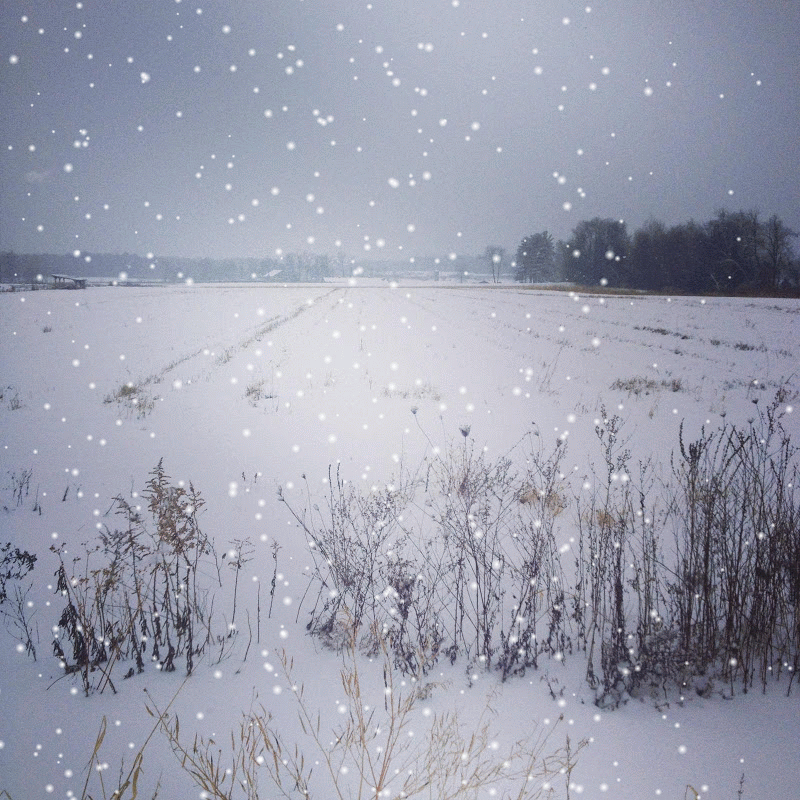Blanching Vegetables
One of our customers had asked how to blanch Swiss Chard for a special diet she is on. Blanching is a critical step for all vegetables being stored for more than one month, with one exception: those vegetables being used solely for their flavor, such as green onions, herbs and hot peppers, do not need to be blanched. Blanching is necessary in order to cleanse the produce of any remaining dirt and to kill any microorganisms. It also brightens the color, helps retain vitamins and reduces the action of enzymes that can destroy the fresh flavor of the produce when frozen for longer than the first month. As you can see, blanching is a most important step in freezing vegetables and must be done very carefully, but that does not mean it is difficult to do. On the contrary, it is actually very simple. First, wash, drain and prepare vegetables as you would normally for cooking, such as trimming ends and chopping into the size you would use in your recipes. I would recommend using 1 gallon of water per pound of vegetables, except in the case of leafy greens, where I would double the amount of water to 2 gallons. If you are blanching a larger amount of vegetables, determine how much you can blanch in a fifteen minute interval, prepare only this amount and leave the rest of the vegetables in the refrigerator until you are ready for them. Different vegetables have different blanching requirements as far as the length of time to be blanched, so follow the instructions. To use our example that was requested for Swiss Chard, Swiss Chard should be blanched for 2 minutes before freezing. Also, with Swiss Chard, to prepare, remove and discard the heavy stems; thin, young stems are fine to blanch. Bring the pot of water you are using to a rolling boil and place the vegetables into a wire basket, strainer or mesh bag. In the case of Swiss Chard, I think the mesh bag is easier. Begin timing as soon as the vegetable is placed into the boiling water. Use a stop watch or clock, and keep the container covered during blanching and the heat on high. As soon as blanching is complete, remove the vegetables from the boiling water and immerse into ice water immediately to stop the cooking process. Drain the vegetables and pack into meal-size can or freeze jars or plastic freezer containers. Seal, label and freeze in single layers in the coldest portion of the freezer. Foods should be frozen in no more than 12-24 hours at ZERO degrees. After the food is completely frozen, the packages may be stacked for storage in the freezer. Keep the freezer at zero degrees or colder at all times. Do not blanch for longer than the required time for each type of vegetable as this will destroy the vitamins, flavor and color of the vegetables. Also, it should be noted that if you are purchasing your vegetables, try to purchase them from a local farmer's market or CSA as they will be considerably fresher (usually being harvested within a day of sale at the farmer's market) than what you can find in the supermarket. When you purchase from the supermarket, you don't know how long the vegetables have been stored before they have actually gotten onto the shelf for purchase. For more information on freezing on canning, look for the following book: Ball Blue Book ">Ball Blue Book Guide to Home Canning, Freezing & Dehydration
">Ball Blue Book Guide to Home Canning, Freezing & Dehydration




You actually make it seem so easy with your presentation but I find this matter to be really something that I think I would never understand.
ReplyDeleteIt seems too complicated and very broad for me.
I'm looking forward for your next post, I'll try to get the hang of it!
Also see my site: how to start a Garden